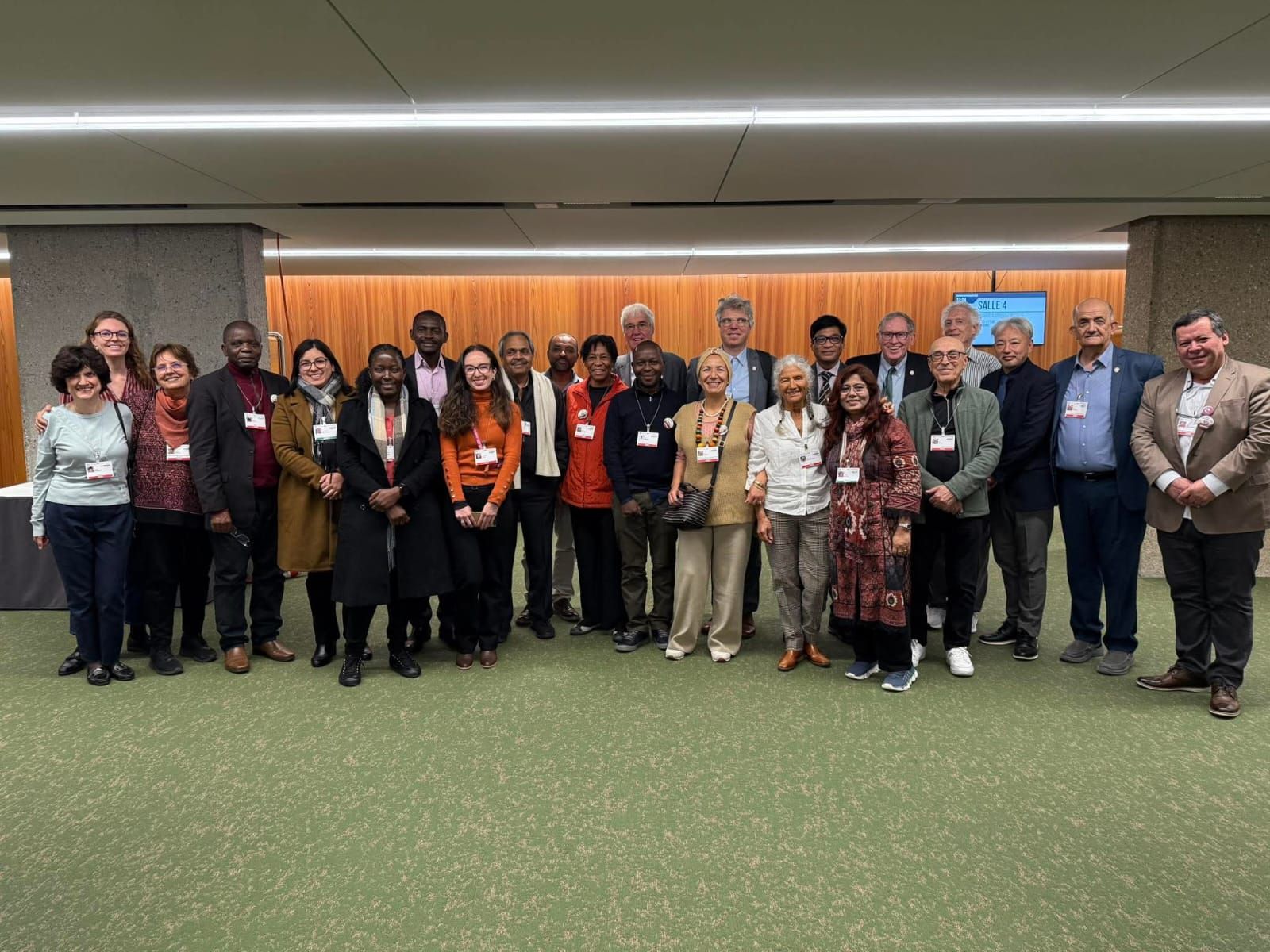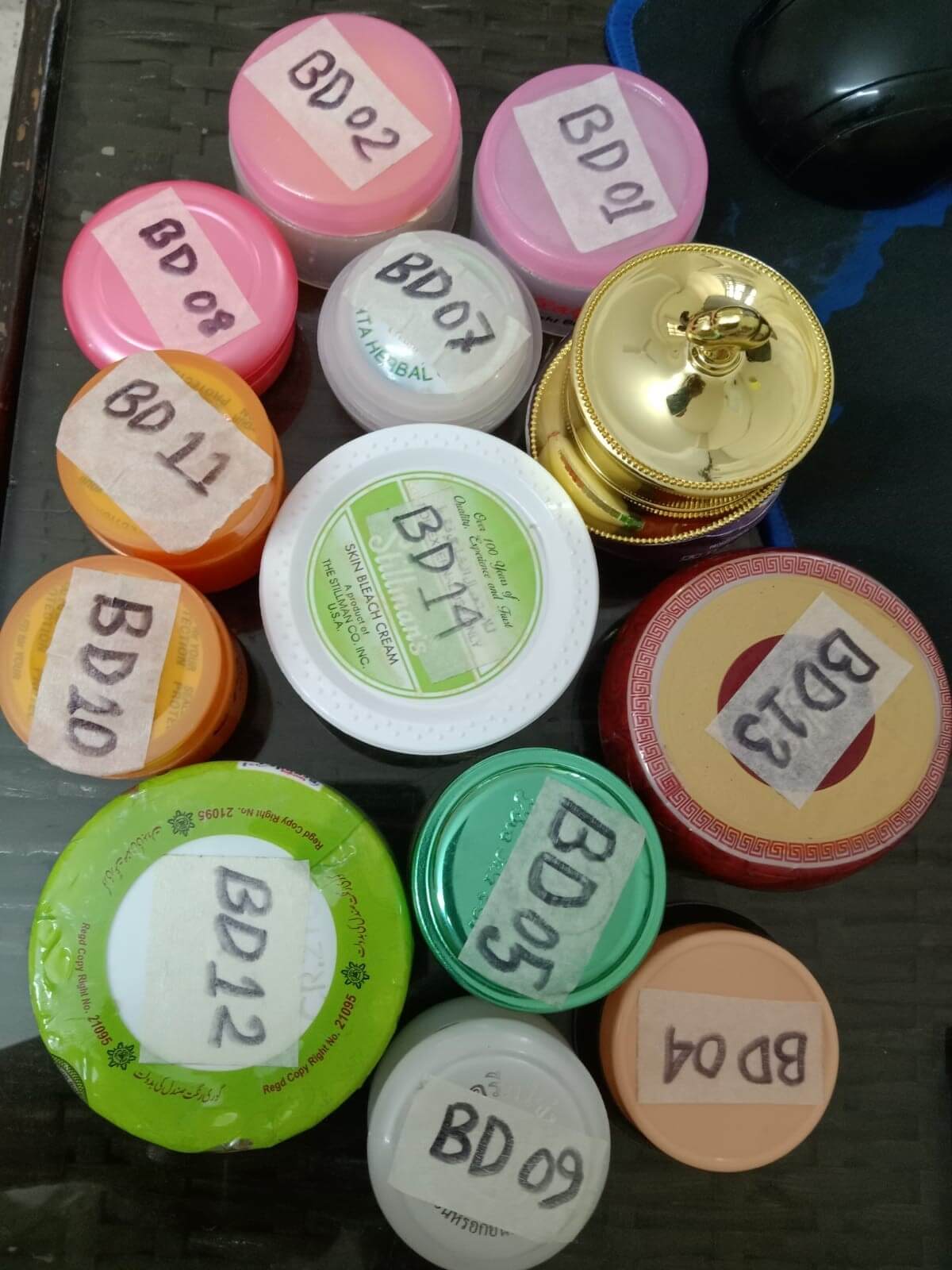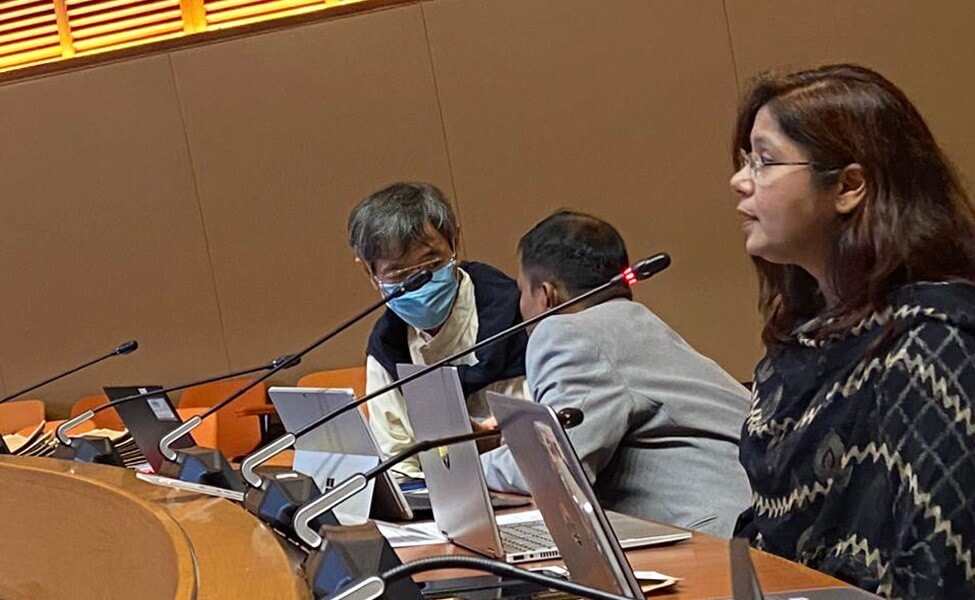Convention
Minamata Convention on Mercury
The Minamata Convention on Mercury is a global treaty aimed at protecting human health and the environment from the harmful effects of mercury. Here’s a concise overview:
What is it about?
The convention addresses the lifecycle of mercury, from mining to waste management. It aims to:
- Phase out or reduce mercury use in products and processes.
- Control mercury emissions and releases.
- Promote safe storage and disposal of mercury waste.
Why was it created?
The convention was created in response to the severe health and environmental impacts of mercury pollution, highlighted by the Minamata disease in Japan (1950s), caused by mercury poisoning from industrial wastewater. It was adopted in 2013 and entered into force in 2017.
Impacts:
- Health: Reduces risks of mercury exposure, which can cause neurological and developmental damage.
- Environment: Limits mercury pollution in air, water, and soil, protecting ecosystems.
- Global Cooperation: Encourages countries to work together to manage mercury.
How it works:
Countries that are parties to the convention implement measures to:
- Ban or restrict mercury-added products (e.g., thermometers, batteries).
- Reduce mercury use in artisanal gold mining.
- Control industrial emissions and promote mercury-free alternatives.
COPs (Conference of the Parties):
As of now, four COPs have been held:
- COP1 (2017) – Geneva, Switzerland
- COP2 (2018) – Geneva, Switzerland
- COP3 (2019) – Geneva, Switzerland
- COP4 (2022) – Bali, Indonesia
- COP5 (2023)—Geneva, Switzerland
- COP6 (2025)—Geneva, Switzerland
These meetings review progress, adopt guidelines, and strengthen implementation.
Summary:
The Minamata Convention is a critical global effort to reduce mercury pollution, safeguard health, and protect the environment. Over 140 countries are now parties to the convention, working together to achieve its goals.

ESDO’s Contribution to Minamata Convention
Minamata COP-6 on Mercury
Global Phase-Out of Dental Amalgam by 2034: A Major Step Towards Mercury-Free Dentistry
In a historic move to safeguard human health and the environment, the Sixth Conference of the Parties COP-6 to the Minamata Convention on Mercury, held from 3–7 November 2025 in Geneva, adopted a global phase-out of mercury-containing dental amalgam by 2034. This landmark decision represents a transformative moment for both dentistry and environmental protection worldwide.
Why Phase Out Dental Amalgam?
Dental amalgam, commonly known as “silver fillings,” is a mixture of liquid mercury and other metals used to restore cavities. While 50 countries, including all 27 European Union member states, have already banned its use, several others, including the United States, still permit amalgam in dental procedures. Mercury, even in small amounts, is highly toxic. According to the World Health Organization (WHO), exposure can cause developmental delays in children and affect the nervous, digestive, and immune systems.
Monika Stankiewicz, Executive Secretary of the Minamata Convention, highlighted the risks posed by dental amalgam, including mercury exposure for dental practitioners, costs of safe disposal, and mercury emissions from crematoria. Safe alternatives, such as composite resins, glass ionomer, ceramics, and gold fillings, are widely available, providing effective and sustainable options for modern dental care.
Key Highlights from COP-6
- Over 1,000 participants attended COP-6 in Geneva, with several thousand joining virtually.
- The conference adopted 22 key decisions to advance the Convention’s goal of protecting human health and the environment from mercury pollution.
- A global phase-out of dental amalgam by 2034 was agreed, including a ban on its manufacture, import, and export.
- Dentists may use amalgam under clinical discretion until 2037 if necessary, with this provision to be reviewed at COP-8.
- The WHO and UNEP continue to pursue mercury-free dentistry by 2030.
- Discussions also focused on reducing mercury exposure from artisanal gold mining.
- Measures to control mercury-containing cosmetics, which remain accessible online despite bans, were also addressed.
Bangladesh’s Commitment to Mercury-Free Dentistry
Bangladesh has emerged as a proactive advocate for mercury-free dental practices. The country’s COP-6 delegation included:
- Dr. Fahmida Khanom – Additional Secretary, MoEFCC & Focal Point for the Minamata Convention
- Ms. Siddika Sultana – Bangladesh Delegate, Executive Director, ESDO
- Dr. Shahriar Hossain – Senior Technical Advisor, ESDO & Executive Vice President, World Alliance for Mercury-Free Dentistry
- Dr. Mosharraf Hossain Khandker – Senior Technical Advisor (Oral Health), Asian Center for Environmental Health & Former Line Director (ME & HMD)
On behalf of Bangladesh, Dr. Fahmida Khanom reaffirmed the country’s commitment to developing a national phase-out plan by 2034, promoting mercury-free alternatives, and ensuring safe waste management. Dr. Shahriar Hossain emphasized that this milestone is a crucial step in protecting human health and the environment, ensuring safer dental practices and a healthier future for children.
The delegation also expressed readiness to collaborate with the Minamata Secretariat, WHO, UNEP, partners, and civil society to implement these commitments nationally.
Global Support and Implications
Attorney Charles G. Brown, President, and Dr. Graeme Munro-Hall, Chief Dental Officer of the World Alliance for Mercury-Free Dentistry, expressed strong support for the global phase-out of dental amalgam and stressed the importance of training future dentists in safe, sustainable, and modern dental materials.
Reached after extensive negotiations, the decision reflects broad consensus across African, Latin American, European, and Asian regions, bringing an end to mercury’s 150-year role in restorative dentistry and ushering in a safer, healthier, and more sustainable era for dental care worldwide.
Minamata COP-4 on Mercury: From Indonesia to the World
Due to the ongoing COVID-19 pandemic situation, the Bureau of the Fourth Meeting of the Conference of the Parties to the Minamata Convention on Mercury decided, at its fifth meeting held on 14 April 2021, to organize COP-4 in two segments: a first segment was conducted online within the period of 1 to 5 November 2021 and, in accordance with Decision MC-4/1 on the dates of the resumed COP-4, a second segment was conducted in-person within the period of 21 to 25 March 2022 in Bali, Indonesia. Secretary General of ESDO Dr. Shahriar Hossain and Executive Director of ESDO Ms. Siddika Sultana attended the segment.

“Assisting in the implementation and enforcement of the Minamata Convention on Mercury in Bangladesh”
ESDO has done several studies on mercury products to ban mercury from the country. ESDO is the pioneer organization in initiating awareness about the toxicity of mercury. Since the formation of the Minamata Convention on Mercury, ESDO is an active observant and has been acting as a support center for the Govt. of Bangladesh in the ratification of the treaty by the complete phase out mercury from every sector to save the people and environment from the harmful impact of mercury.
During the 2022-2026 project period, the EEB/ZMWG (Zero Mercury Working Group) seeks to continue its global campaign towards the phasing out of mercury from skin-lightening products (SLPs), with a focus on controlling/banning illegal manufacturing and trade broadly and via internet sales. It also includes assisting NGOs in supporting governments to implement and enforce restrictions related to skin-lightening products containing mercury.

Objectives of the project are as follows:
- Determine potential mercury emissions sources using Lumex Analyzers.
- Performing follow-up activities to assess the mercury content of skin whitening creams.
- Making recommendations regarding the enforcement mechanism for mercury-containing whitening cream regulations.
Asia Pacific Regional Preparatory Meeting for the 5th Meeting of the COP to the Minamata Convention on Mercury
In Bangkok, Thailand, the Science Policy Panel OEWG Asia Pacific Regional Meeting is now taking place both in person and online. The gathering will take place immediately after the Minamata Asia-Pacific regional gathering, which will take place there on September 5 and 6, 2023. Siddika Sultana, Executive Director of ESDO, presented ESDO at this meeting.
In her statement, she supported the decision to set a mercury threshold, which should be as low as possible with a maximum of 10 ppm, as opposed to a 25 mg/kg threshold that would allow vast quantities of mercury-contaminated waste to be emitted. She agreed with the experts, supporting a threshold between 1 and 10 mg/kg total mercury content. Korea, Switzerland, Canada, and Uganda has used a threshold of around 1-2 ppm for a long period of time. Indonesia has already set the threshold to be 0.3–10 ppm for different wastes and a dumping limit of 0.05 ppm. ESDO firmly believes that a review process should be kept open to consider the revision of these thresholds at COP7.

ESDO’s Statement on Effective Evaluation at Asia Pacific Regional Preparatory Meeting for the COP to the Minamata Convention on Mercury
In Bangkok, Thailand, the Science Policy Panel OEWG Asia Pacific Regional Meeting is now taking place both in person and online. The gathering will take place immediately after the Minamata Asia-Pacific regional gathering, which will take place there on September 5 and 6, 2023.
Along with ESDO’s Executive Director, ESDO’s Research and Campaign Associate, Shanon Iffat Alam participated in the meeting. She provided a Statement on the effective evaluation of the Minamata Convention on Mercury. She proposed a draft list of indicators considering the comments made by the Effectiveness Evaluation Group. Read the Full Statement

To protect environment and children health in Asia, we need to work together to ensure toxic free, safe and sustainable future for the next generation. We work for mercury free dental care and be specific to the children and women of child bearing age in Asia.
The Asian Center for Environmental Health is opening a pathway to work closely with environment.
Quick Links
More Info
Copyright © Asiancenter – All rights reserved.
Copyright © Avas WordPress Theme | All rights reserved.
